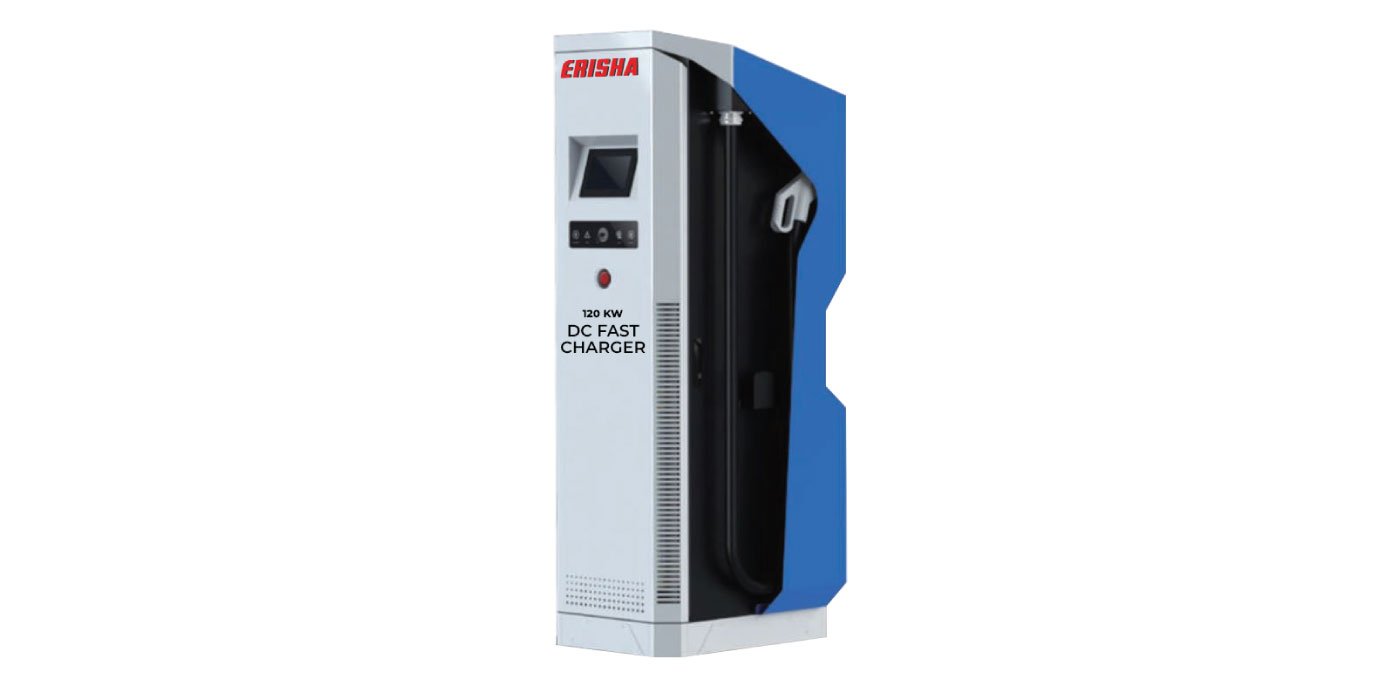The way EVs are trending in the
market, we must accelerate our speed in establishing the oxygen of EVs i.e.,
Charging Infrastructures in India. Every machine needs to get fuelled to run on
the roads. When we talk about Internal Combustion Engines (ICE), feeling up the
ice Tanks is super convenient and merely a 5minute process. But when it comes
to Electric Vehicles, it’s not as convenient as compared to ICE. Moreover, it
differs from EV to EV, as primarily EV Charging depends upon the Battery
Voltage. However, every Electric Vehicle holds different battery, of different
voltage, different motor power, so the charging time taken would entirely be
different from each other. Charging an electric vehicle depends upon both the
charger used and the vehicle as well. There are different types of connectors
used, which differs at different levels of charging. In India, the trends are
towards Combined Charging System (CCS-2) standards and BHARAT standards.
Electric vehicle supply
equipment (EVSE), it’s the basic unit of charging infrastructure. EVSE access
power from the local electricity supply and utilises the control system and
wired connection to charge the Electric Vehicles safely. Every electric vehicle
shall accept different power from EVSE- The Charger. Before we reach out to AC
& DC Chargers, I shall before clear the different levels of charging an
electric vehicle.
There are three different levels of charging: L1, L2 and L3. Wherein, L1 & L2 will provide AC to the EVs, thereafter, shall convert the energy into DC. On the other hand, L3 will directly provide DC to the electric vehicles, so there will be no energy conversion. Hence, L1 & L2 charging will be applied at homes, workplace, and public places whereas L3 being the Dc fast chargers and provides supercharging is only applicable at the public places. The charging speed of L1 remains at a very slow speed i.e., from 3-5 miles per hour. L2 charges at the speed of 12-80 miles per hour. Above these 2, L3 charges phenomenally at the speed of 3-20 miles per minute.
|
L1 (120V) |
L2
(208-240V) |
L3
(400-900V) |
|
AC |
DC Fast
Chargers & Supercharging |
|
|
Connectors: J1772, TESLA |
Connectors: J1772, TESLA |
Connectors: Combined Charging System
(COMBO), CHAdeMO & TESLA |
|
Charging
Speed: 3-5
miles per hour |
Charging
Speed: 12-80 miles per hour |
Charging
Speed: 3-20 miles per minute |
|
Locations: Home, Workplace & Public |
Locations: Home, Workplace & Public |
Locations: Public |
Now, we’ll learn more about the chargers. There are two types of chargers – AC (Alternating Current) chargers & DC (Direct Current) chargers. Both chargers are used to charge and run the products on the road. But just a single difference that lies is that the DC chargers provide a faster charging that means it takes less time in comparative to the AC charger because the energy needs not to be converted. However, charging of the electric vehicle primarily depends on its battery and the specifications. The OEMs usually recommend AC chargers to the consumers to maintain the durability of the product.
Although the GOI is promoting the faster adoption of electric vehicles through FAME yet there are a few numbers who are focusing on the charging stations. Increase of the EVs on roads shall primarily require more charging points. Several state governments have signed MOUs with multiple OEMs for the establishment of EV parks as well so that the consumer may not face any sort of hurdles in his way while running his electric vehicle.
